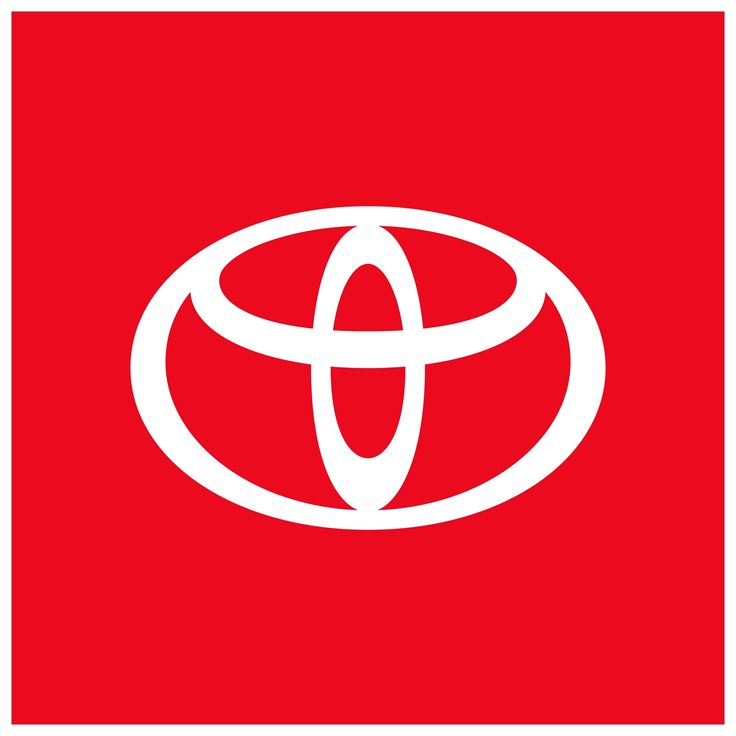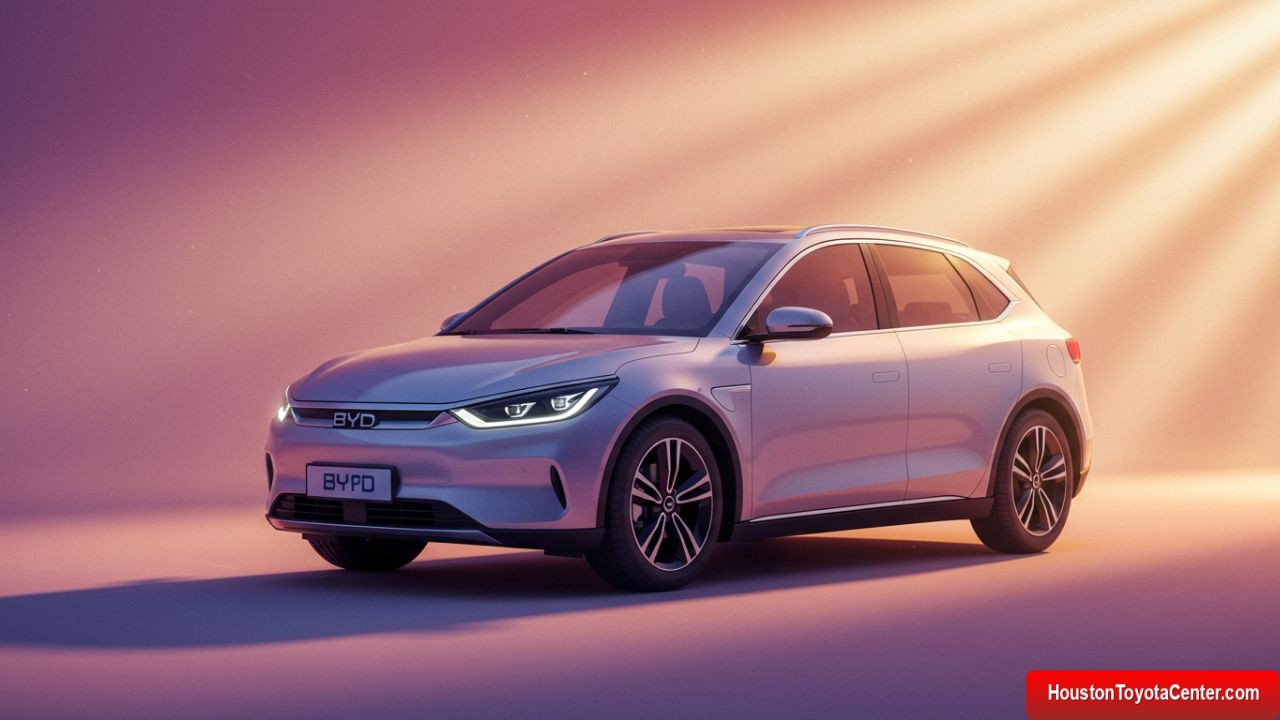In the rapidly evolving electric vehicle (EV) industry, few companies have captured global attention as swiftly as BYD Auto. Originally a battery manufacturer, BYD (an acronym for Build Your Dreams) has transformed itself into a dominant force in the EV market, surpassing industry giants like Tesla in sales volume and redefining what it means to be a vertically integrated automotive powerhouse. This article explores BYD’s meteoric rise, its technological innovations, global ambitions, and the challenges it faces as it accelerates toward a sustainable future.
From Batteries to Electric Vehicles: BYD’s Origins
Founded in 1995 by Wang Chuanfu, BYD began as a humble manufacturer of rechargeable nickel-cadmium batteries. By leveraging China’s growing manufacturing capabilities and cost advantages, the company quickly became a global leader in battery production, supplying tech giants like Nokia and Motorola. However, Wang’s vision extended far beyond batteries. In 2003, BYD acquired Qinchuan Automobile, marking its entry into the automotive sector.
BYD’s early vehicles were gasoline-powered, but the company’s DNA as a battery innovator positioned it to pivot decisively toward electrification. In 2008, BYD launched the F3DM, the world’s first mass-produced plug-in hybrid vehicle. Though initially met with skepticism, this move signaled BYD’s long-term commitment to EVs—a commitment that would pay off as governments worldwide began prioritizing clean energy policies.
Key Milestones:
FREE: Quickly identify and understand problems with your vehicle 🚘
CLICK HERE- 1995: BYD founded as a battery company.
- 2003: Enters automotive industry.
- 2008: Launches F3DM hybrid.
- 2020: Introduces Blade Battery technology.
- 2022: Surpasses Tesla in global EV sales.
Vertical Integration: The BYD Advantage
BYD’s most significant competitive edge lies in its vertically integrated business model. Unlike rivals that rely on third-party suppliers for critical components, BYD manufactures nearly everything in-house, including batteries, motors, semiconductors, and even automotive chips. This strategy reduces costs, ensures supply chain resilience, and accelerates innovation.
Components Produced In-House:
| Component | BYD’s Capability |
|---|---|
| Batteries | Blade Battery (LFP chemistry) |
| Electric Motors | Permanent magnet synchronous motors |
| Semiconductors | Self-designed IGBT chips |
| Vehicle Software | DiLink intelligent connectivity system |
The Blade Battery, introduced in 2020, exemplifies this integration. Using lithium iron phosphate (LFP) chemistry, it offers superior safety (it doesn’t catch fire even when punctured) and longevity compared to traditional lithium-ion batteries. BYD’s control over battery production has allowed it to reduce costs by 30% while achieving energy densities competitive with top-tier rivals.
Product Portfolio: Catering to Mass Markets and Beyond
BYD’s vehicle lineup is as diverse as it is ambitious. The company targets not only passenger cars but also commercial vehicles, buses, and even monorails, positioning itself as a holistic mobility solutions provider.
Passenger EVs:
- BYD Han EV: A luxury sedan with a 360-mile range and acceleration rivaling Tesla’s Model S.
- BYD Tang SUV: A family-oriented SUV featuring the Blade Battery and dual-motor AWD.
- BYD Seagull: A budget-friendly compact EV priced under $10,000, dominating China’s urban markets.
Commercial Vehicles:
- Electric Buses: BYD is the world’s largest electric bus manufacturer, with fleets operating in over 100 cities, including Los Angeles and London.
- Electric Trucks: The T3 and Q1 models cater to logistics and delivery sectors.
In 2023, BYD sold 1.86 million EVs, a 153% year-on-year increase, dwarfing Tesla’s 1.31 million deliveries. Its success is partly due to its dual focus on premium and affordable segments—a contrast to Tesla’s luxury-centric approach.
Global Expansion: From China to the World
While BYD commands 35% of China’s EV market, its sights are set globally. The company has aggressively entered Europe, Southeast Asia, and Latin America, leveraging competitive pricing and partnerships.
Regional Breakdown of BYD’s International Sales (2023):
| Region | Market Share | Key Models |
|---|---|---|
| Europe | 8% | Han EV, Tang SUV, Electric Bus |
| Southeast Asia | 15% | Atto 3, Dolphin |
| Latin America | 12% | Song Plus, Yuan Plus |
In Europe, BYD’s Atto 3 SUV has become a top seller in markets like Norway and Germany. Meanwhile, in Thailand, BYD’s factory—set to open in 2024—will produce 150,000 vehicles annually, cementing its foothold in ASEAN nations.
Financial Performance and R&D Investment
BYD’s financial growth mirrors its market success. In 2023, revenue surged to 85billion∗∗,up7885billion∗∗,up784.1 billion. The company reinvests heavily in R&D, allocating 6-8% of annual revenue to innovation—a figure that outpaces many Western automakers.
Financial Snapshot (2020–2023):
| Year | Revenue (USD) | Net Profit (USD) | EV Sales Volume |
|---|---|---|---|
| 2020 | $23 billion | $0.6 billion | 189,000 |
| 2021 | $38 billion | $1.1 billion | 603,000 |
| 2022 | $63 billion | $2.4 billion | 1.18 million |
| 2023 | $85 billion | $4.1 billion | 1.86 million |
Sustainability and ESG Leadership
BYD’s mission extends beyond profit; it aims to be a leader in environmental, social, and governance (ESG) practices. The company operates a closed-loop ecosystem, recycling retired batteries into energy storage systems and powering factories with solar energy. In 2022, BYD’s operations reduced CO2 emissions by 2.5 million tons—equivalent to planting 140 million trees.
Strategic Partnerships and Collaborations
BYD has forged alliances to amplify its global reach:
- Toyota: Co-developing EVs for the Chinese market.
- Daimler: Joint venture (Denza) producing premium EVs.
- Uber: Supplying 10,000 EVs for European ride-hailing.
These partnerships highlight BYD’s flexibility in balancing competition and collaboration.
Challenges Ahead
Despite its success, BYD faces hurdles:
- Trade Barriers: Rising protectionism in the U.S. and Europe.
- Brand Perception: Overcoming perceptions of Chinese products as “low-quality.”
- Supply Chain Risks: Securing lithium and rare earth minerals.
The Road Ahead
BYD plans to launch 20 new models by 2025, including a pickup truck and a supercar. Its DM-i (Dual Mode intelligent) plug-in hybrid technology aims to bridge the gap between ICE and EVs in emerging markets. With a projected $100 billion revenue by 2025, BYD is poised to lead the global transition to electric mobility.
Conclusion
BYD’s rise from a battery startup to an EV titan underscores the power of vertical integration, innovation, and strategic foresight. As the world races toward electrification, BYD’s ability to deliver affordable, high-quality EVs at scale positions it not just as a rising star—but as a future industry leader. However, navigating geopolitical tensions and sustaining technological momentum will determine whether BYD can truly build its dream of a cleaner, electric future.


Leave a Reply